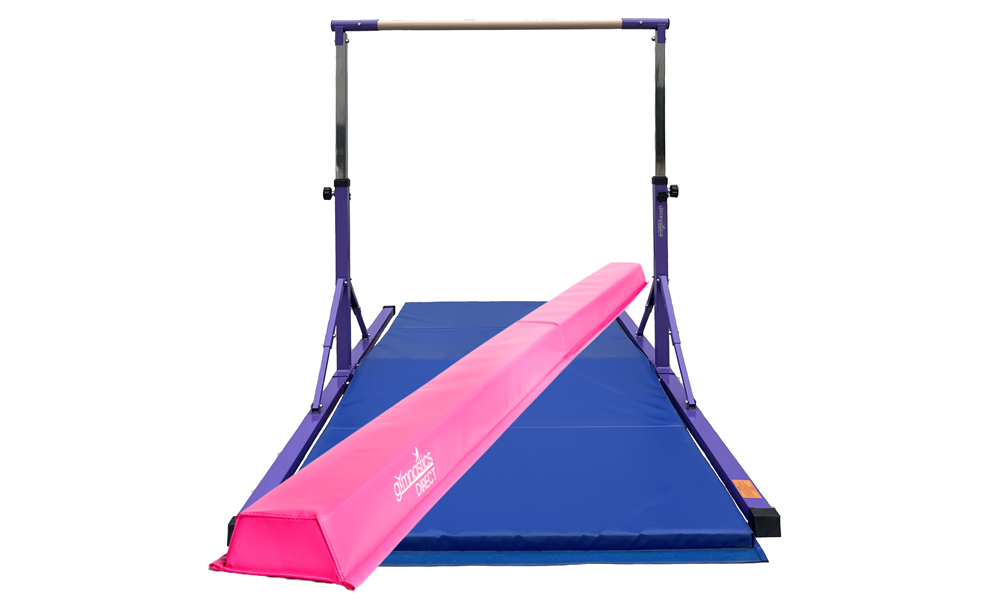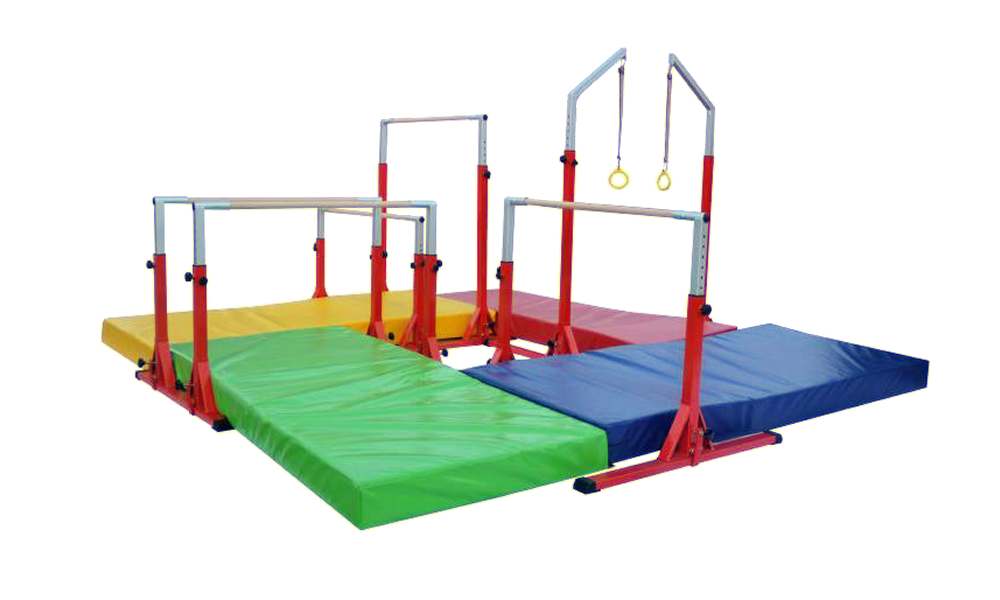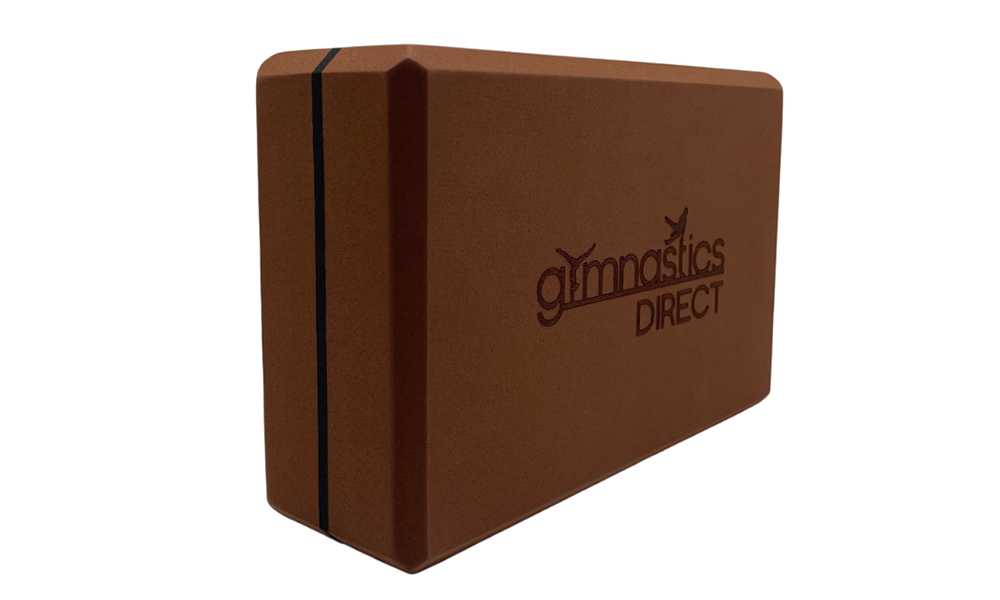Rehabilitation and its process with Liam Penglaze
May 14, 2021 2 min read
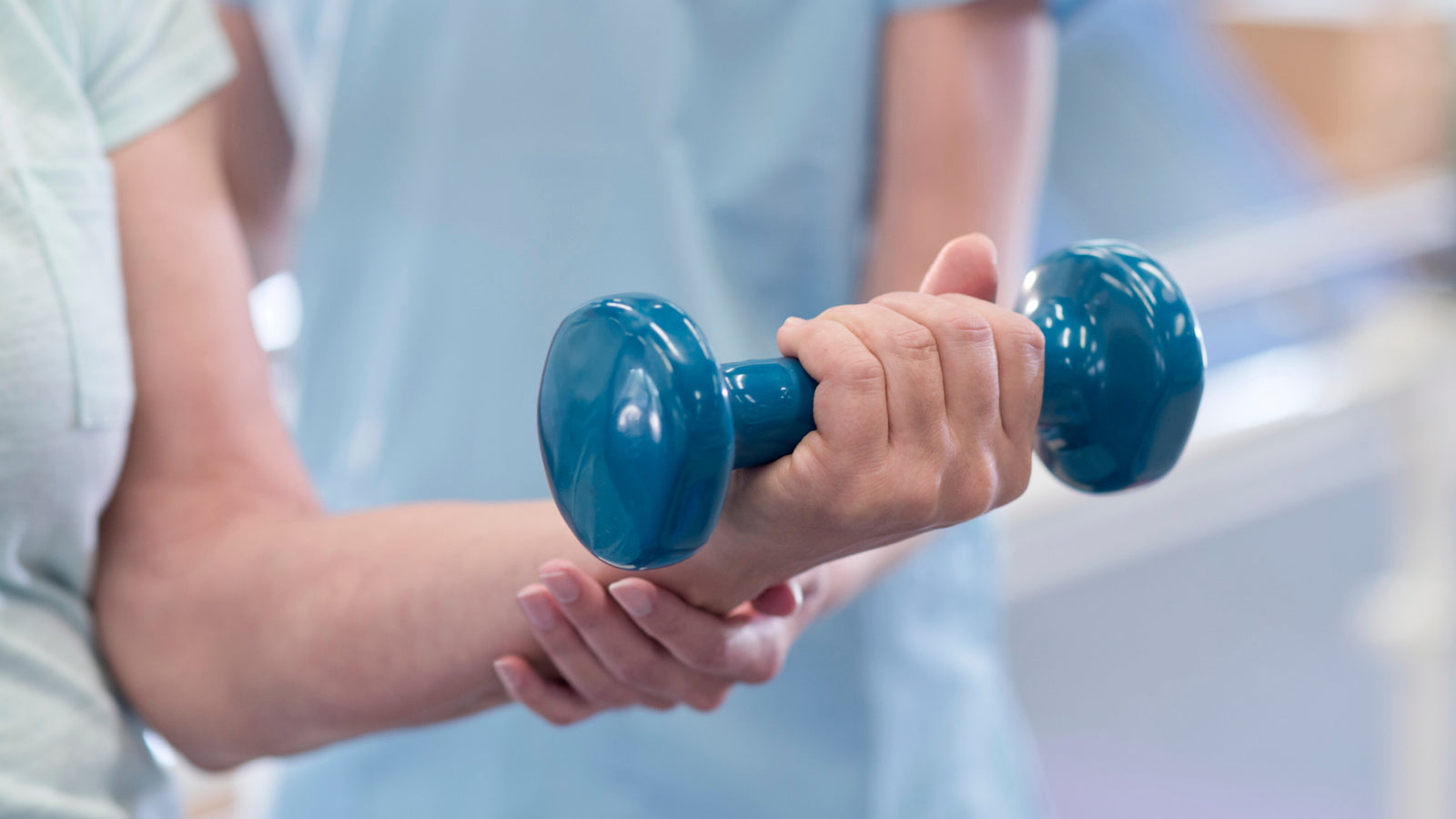
You may hear about this a lot when it comes to training. But how much do you actually know about rehabilitation?
Liam Penglaze goes into depth regarding tips and tricks for rehabilitation post-injury.
First things first, what exactly is rehabilitation?
Liam states, "Rehabilitation can be very short (think a few days) or very long (think weeks…to months…to years!) In physiotherapy, the definition of rehabilitation can be summarised as the restoration of optimal form (anatomy) and function (physiology)."
Explain a little about the rehabilitation process and how to approach
it the right way.
There is no generic solution to rehabilitation as everyone has their own individualised and specific needs.
"A good physiotherapist will adopt a ‘Biopsychosocial’ approach to your rehabilitation as this incorporates the key components of our purpose as human beings, that being our Biological, Psychological & Sociological interactions with the world around us."
In saying this, many athletes experience feelings of anxiety and depression when they cannot perform their best due to injuries, which can also impact the healing timeframe for recovery overall.
"By participating in a guided rehabilitative process directed under the care of a physiotherapist, the stress of ‘what, if, when, how & why’ can be taken out of your hands. Physiotherapists can also liaise with your workplace, sporting clubs & family members to help them understand the process and expectation of rehabilitation following injury."
How long am I at risk of re-injury post muscle strain?
It depends. There are a few factors that an athlete needs to take into consideration when it comes to re-injury. These can include;
- The level of muscle tissue damage
- How the muscle strain was sustained
- The history of injury to a given area
- Volume and intensity of planned training or performance, and
- Complexity of training activities
"Taking a scientific approach, after sustaining a muscle strain most individuals will always be at increased risk of re-injuring the same area as the greatest predictor of future injury is previous injury. This ratio of risk will depend on the quality and expertise of your rehabilitation."
Liam also highly recommends to go and see a physiotherapist following the initial muscle strain. This way, they can help you identify the level of damage, and if needed, they can also assist you with a plan that will help prevent the injury reoccurring, and help you get back into it.
Should I be always resting after injury, or does being active as quickly as possible help rehabilitation?
It is important to recover in between intense workouts. This helps prevent burn out and fatigue.
Liam adds, "Many injuries will recover faster if the appropriate amount, type and difficulty of ‘active recovery’ is undertaken post injury. There will always be a special place for rest in our recovery following injury. ‘If’ and ‘when’ to implement rest or active recovery can be difficult for the individual to make following injury, as the pain and dysfunction associated with even small injuries can feel like a great barrier to overcome."
If you are unsure, speak to your coach, PT or physio on the appropriate recovery methods post-training.
If any readers would like to learn more about what they do at the PhysioStudio, or to book a one-on-one appointment with Liam, please visit us at http://www.physiostudio.com.au
Leave a comment
Also in Advice for Gymnasts
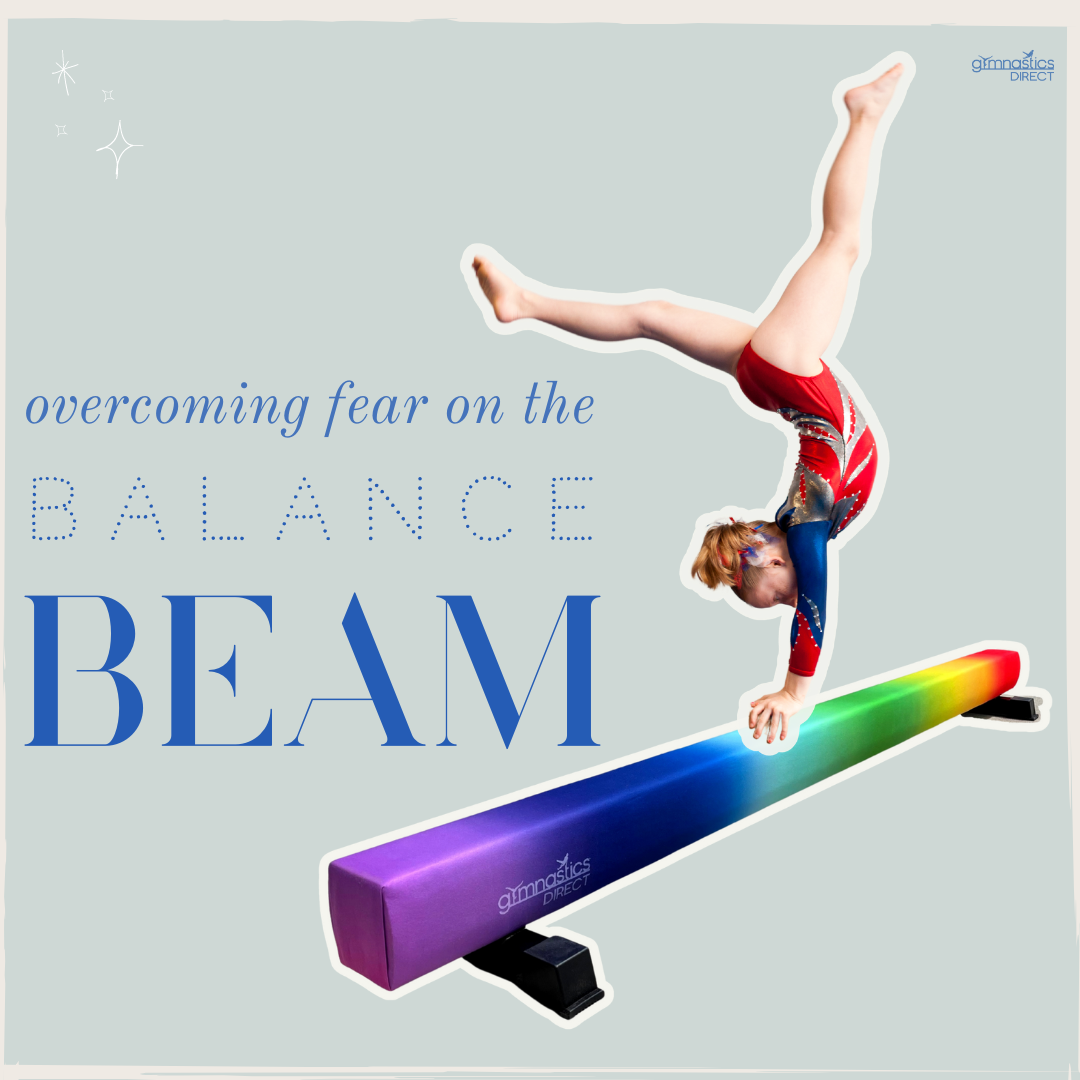
Overcoming fear on the Balance Beam
March 24, 2024 2 min read

Best Gymnastics Equipment for Beginners
January 09, 2024 3 min read 2 Comments


